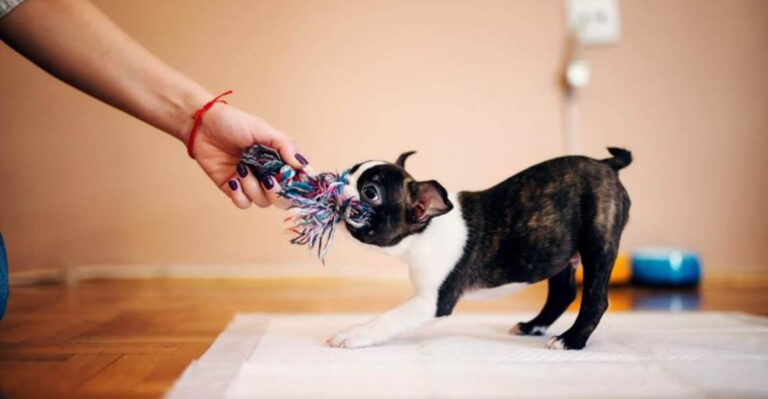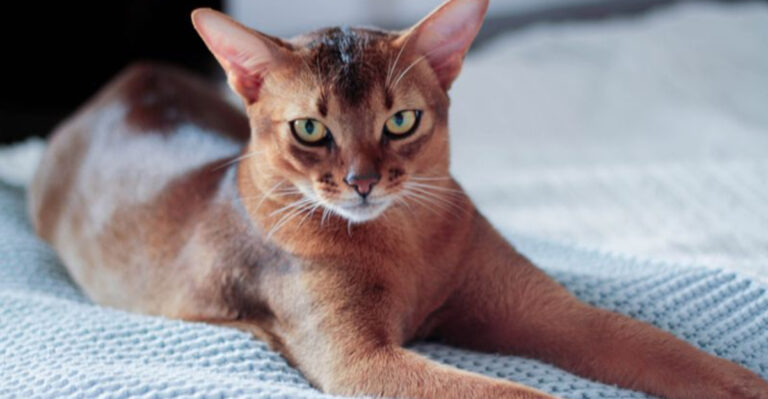16 Subtle Changes Veterinarians Would Not Ignore In Their Cats
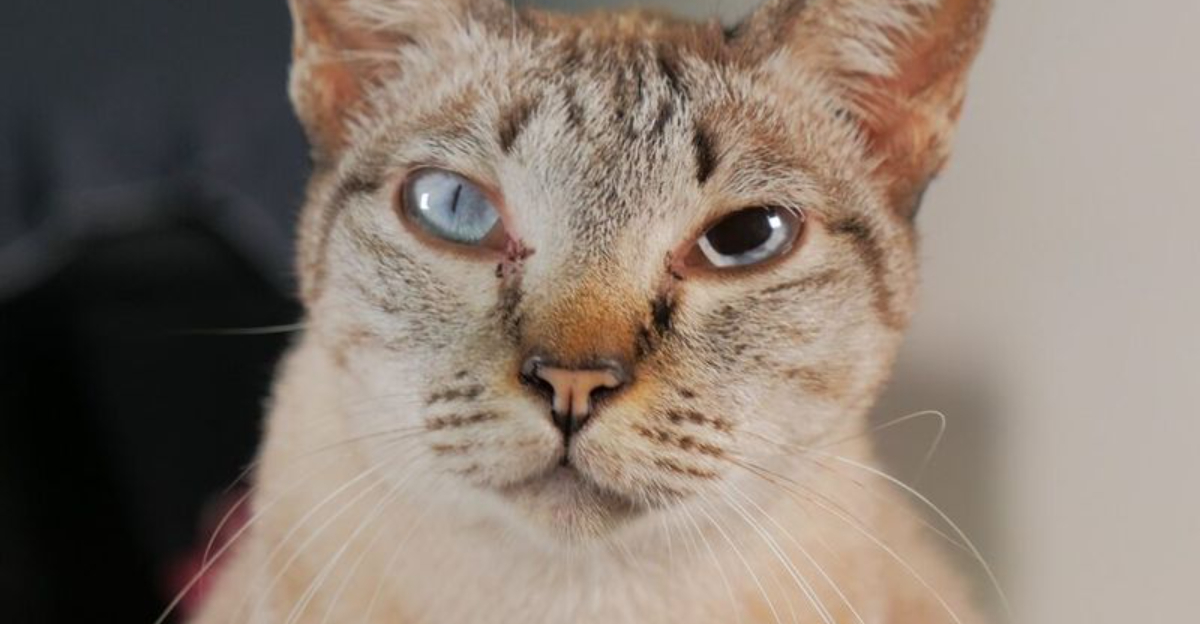
Ever wonder what makes veterinarians rush their own cats to the clinic? Vets notice tiny changes in their feline friends that most cat parents might overlook.
These subtle shifts can signal health problems long before obvious symptoms appear. Understanding these warning signs could help you catch issues early and keep your furry companion purring for years to come.
1. Litter Box Behavior Changes
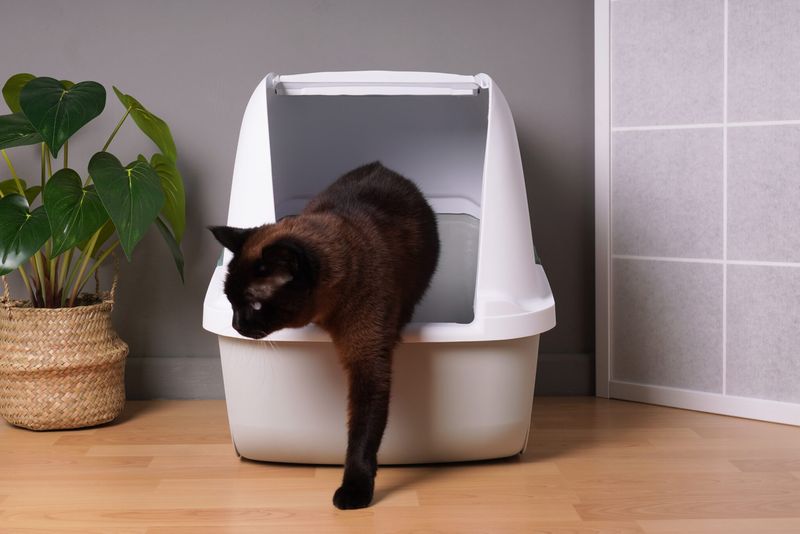
Suddenly missing the box or straining while using it sends vets racing for answers. These changes often signal urinary tract infections or blockages – potentially life-threatening conditions requiring immediate attention.
Male cats are especially prone to urethral obstructions that can quickly become fatal. Even minor changes like more frequent trips or spending extra time in the box warrant a closer look.
2. Water Bowl Visits Increase
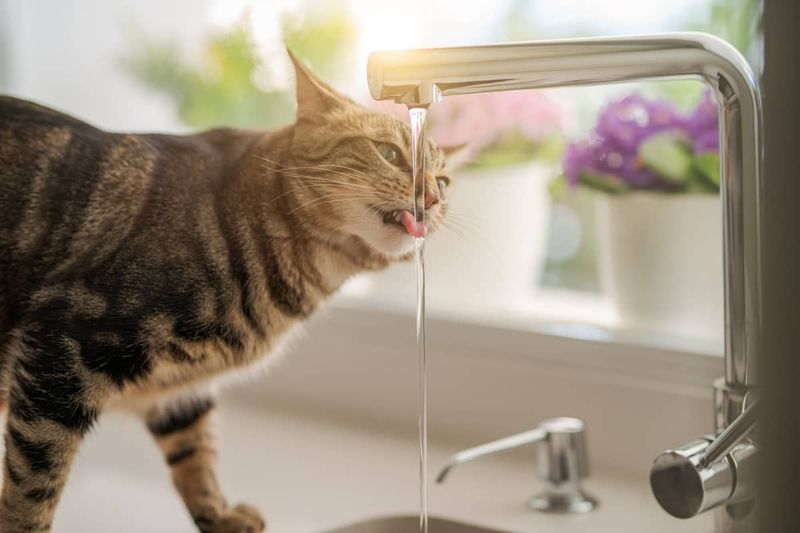
Excessive thirst raises red flags for veterinarians. When their normally water-indifferent cat suddenly empties the bowl multiple times daily, they know something’s wrong.
This subtle change often signals diabetes, kidney disease, or hyperthyroidism – all common in older cats. Measuring water consumption might seem odd, but tracking this habit could save your cat’s life.
3. Bad Breath Beyond Normal

Fishy breath comes with the territory of being a cat. But when the odor turns noticeably foul or different, veterinarians don’t dismiss it as just “cat breath.”
Dental disease affects most cats over three years old and can lead to painful infections, tooth loss, and even organ damage. Sweet or fruity breath might indicate diabetes, while ammonia smells could signal kidney problems.
4. Subtle Weight Loss
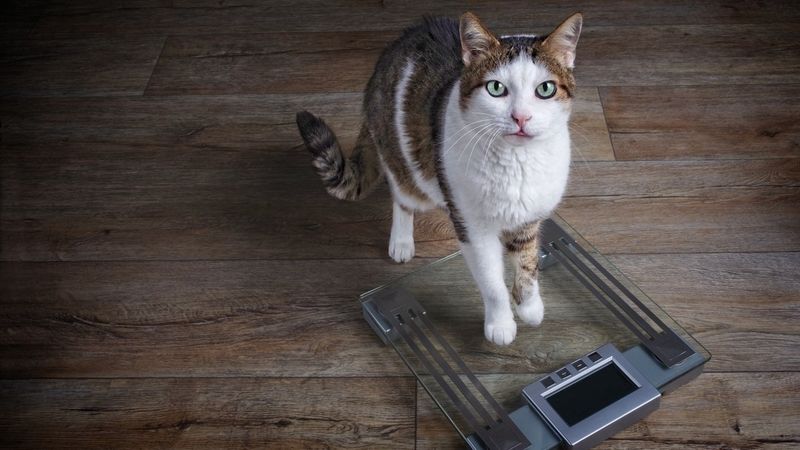
Gradual thinning often goes unnoticed until cats become obviously skinny. Vets, however, regularly run their hands along their pets’ ribs and spine, detecting early weight changes.
Even small losses can indicate serious conditions like hyperthyroidism, diabetes, or cancer. Regular weighing helps catch these changes early – something easily done at home with a bathroom scale (hold kitty, then subtract your weight).
5. Jumping Hesitation
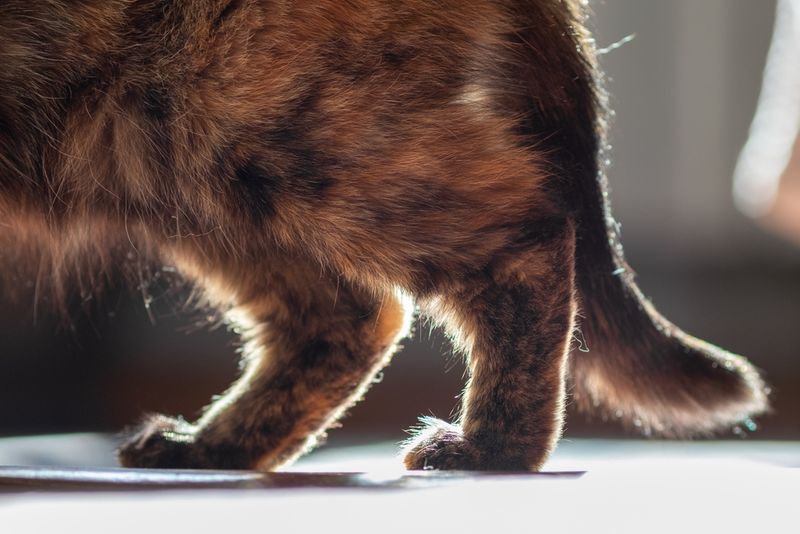
Yesterday your cat effortlessly leaped onto the counter; today she hesitates or avoids jumping altogether. This subtle change screams “pain” to veterinarians.
Arthritis affects over 90% of cats over 12, yet most owners never notice because cats hide discomfort masterfully. Watch for hesitation before jumps, taking smaller hops instead of big leaps, or avoiding previously favorite perches.
6. Grooming Pattern Changes
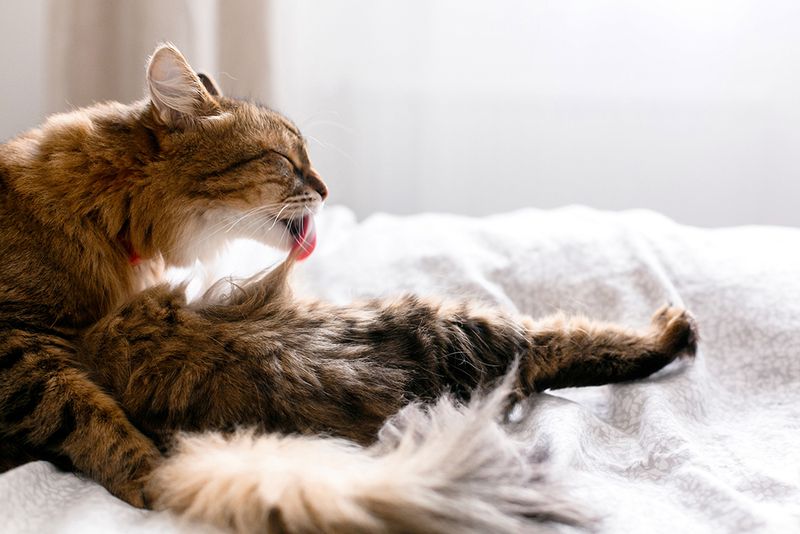
Cats typically spend up to 50% of their waking hours grooming. When this ritual changes – either excessive licking of one area or neglecting grooming altogether – vets take notice immediately.
Over-grooming often indicates pain, allergies, or anxiety, while grooming less may signal arthritis or dental pain. A greasy, unkempt coat on a previously fastidious cat warrants a checkup, not just a brushing session.
7. Pupil Size Differences

Uneven pupils or persistent dilation sends veterinarians rushing for eye exams. This subtle change can indicate everything from high blood pressure to neurological issues.
Normal cat pupils respond quickly to light changes, dilating in dim conditions and contracting in brightness. If your cat’s eyes don’t match or remain dilated in bright light, it might signal hypertension, which can cause sudden blindness if untreated.
8. Sleeping Position Changes

Curling up differently or avoiding favorite sleeping spots alerts veterinarians to potential pain. Cats instinctively protect injured areas by adjusting how they rest.
A cat who suddenly sleeps with her head elevated might have heart or respiratory issues. One who stops curling up tightly might have abdominal pain. These subtle position shifts often reveal discomfort before more obvious symptoms appear.
9. Voice Changes
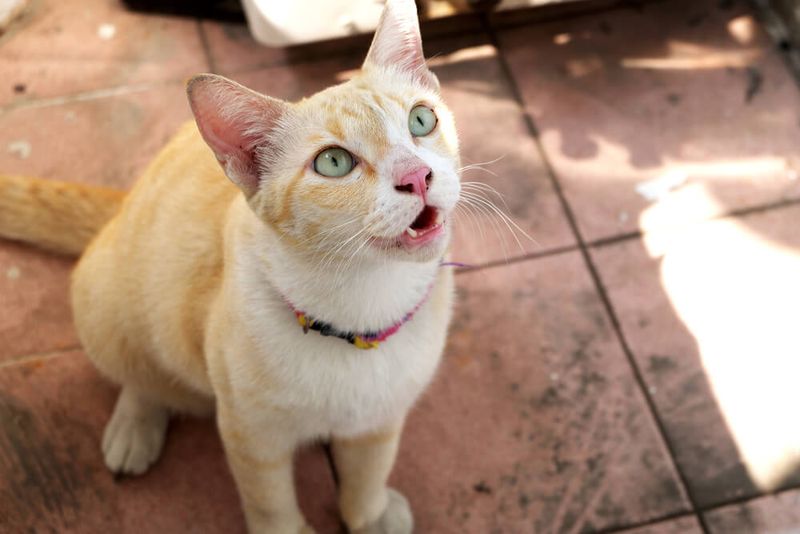
When a typically vocal cat grows quiet or a silent one becomes chatty, veterinarians listen up. Voice changes can signal throat issues, pain, or neurological problems.
Hoarseness or raspiness might indicate laryngeal disease or respiratory infections. Increased vocalization, especially at night, often accompanies cognitive changes in senior cats or developing hyperthyroidism. Any persistent voice change deserves attention.
10. Head Pressing Behavior
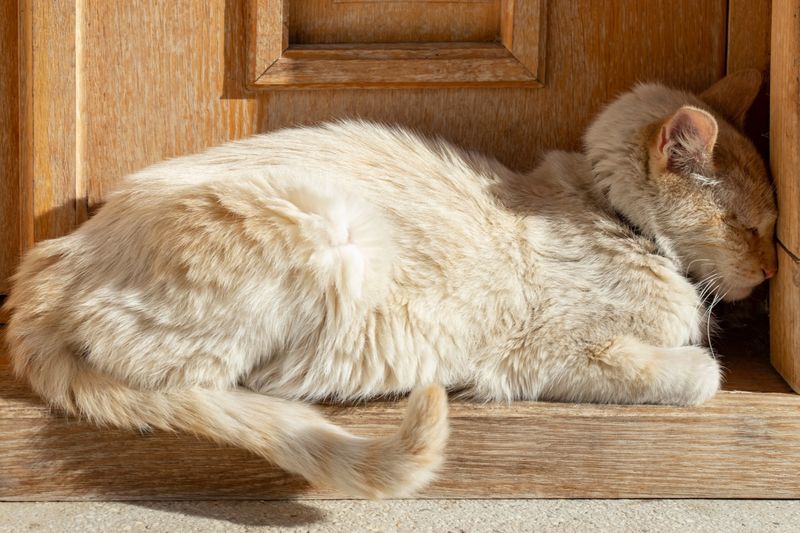
Finding a cat pressing its head against the wall triggers immediate concern among veterinarians. This rare but serious sign indicates neurological problems requiring urgent care.
Different from head-butting for affection, pressing involves pushing the head firmly against objects for extended periods. It can signal toxicity, infection, tumors, or metabolic disorders affecting the brain. Never wait to seek help for this particular behavior.
11. Subtle Gait Changes
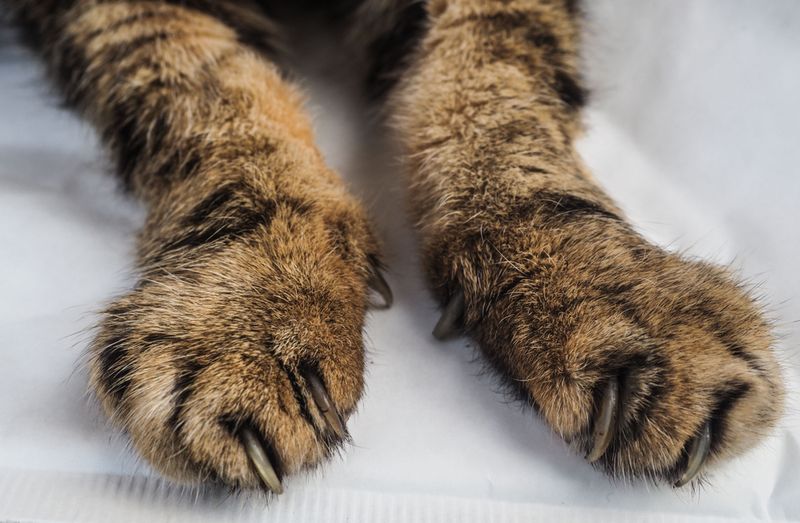
A slight hesitation in jumping down or a barely noticeable limp catches a veterinarian’s trained eye immediately. These minor movements often reveal developing joint issues or injuries.
Cats evolved to hide weakness, making subtle gait changes easy to miss. Watch for shortened stride length, head bobbing while walking, or shifting weight off a particular limb. Early intervention for arthritis can dramatically improve quality of life.
12. Food Bowl Behavior Shifts
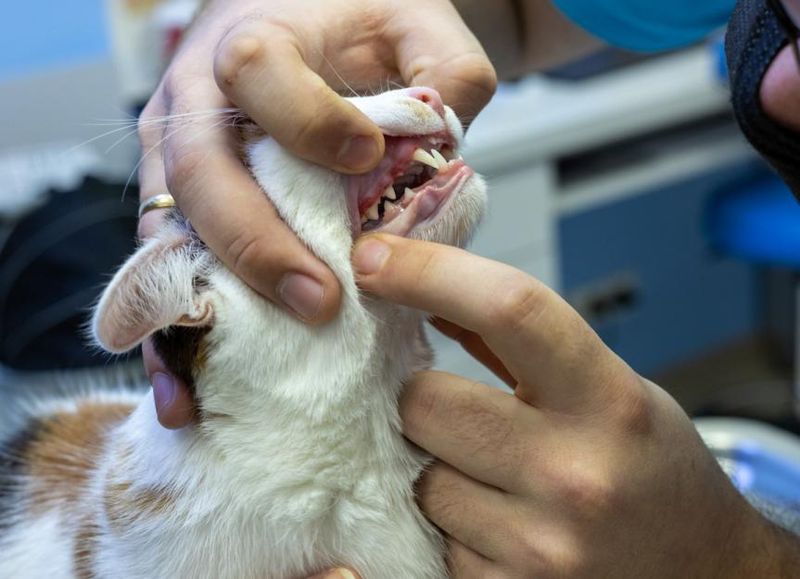
Approaching food differently sets off alarms for veterinary professionals. A cat who circles the bowl without eating or suddenly uses just one side of the mouth needs attention.
Dental pain often causes cats to drop food, tilt their head while eating, or avoid hard kibble. Nausea might make them approach food with interest but walk away without eating. These mealtime changes frequently precede complete appetite loss.
13. Changes In Hiding Behavior
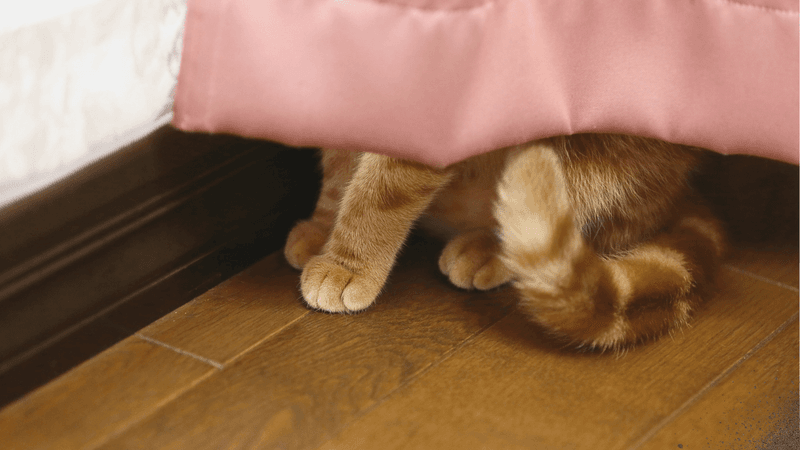
When a social butterfly suddenly vanishes under the bed for hours, veterinarians worry. Increased hiding often represents the first sign of illness or pain in cats.
This instinctive behavior helps vulnerable animals avoid predators when feeling unwell. A previously outgoing cat who begins seeking solitude might be experiencing discomfort that’s not yet obvious. Check hiding cats’ breathing rate while they’re resting (normal is 20-30 breaths per minute).
14. Ear Position Changes

Constantly tilted or flattened ears signal trouble to veterinary professionals. While temporary ear movements express emotions, persistent position changes often indicate medical issues.
Head tilting might reveal ear infections or vestibular problems affecting balance. One ear held differently than the other could indicate nerve pain or injury. Cats with ear discomfort may also shake their heads frequently or scratch excessively.
15. Subtle Breathing Pattern Changes

Slightly faster or more noticeable breathing sends veterinarians reaching for their stethoscopes. Healthy cats breathe so subtly you barely notice chest movement.
Open-mouth breathing or abdominal “pushing” during respiration always warrants immediate attention. Even minor increases in breathing rate at rest can signal heart or lung problems. Count breaths while your cat sleeps – anything consistently above 30 per minute deserves professional evaluation.
16. Changes In Litterbox Contents
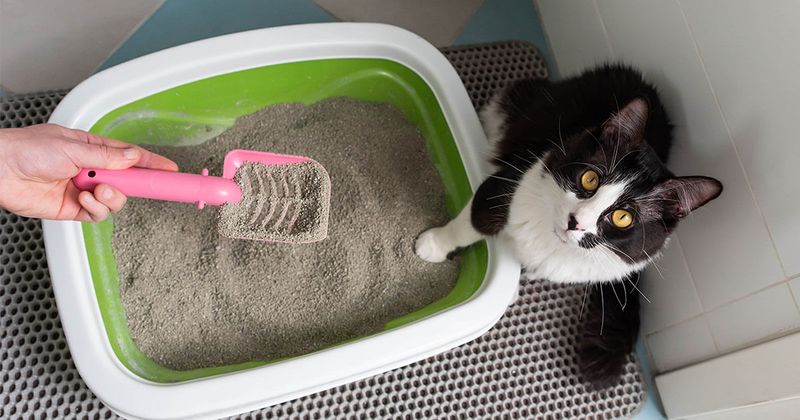
Veterinarians pay attention to what comes out as much as what goes in. Changes in stool consistency, color, or frequency provide valuable health insights.
Black, tarry stool might indicate bleeding in the digestive tract. Clay-colored stool could signal liver problems. Even subtle changes like increased odor or mucus warrant monitoring. Scooping daily makes these changes easier to spot before conditions worsen.


